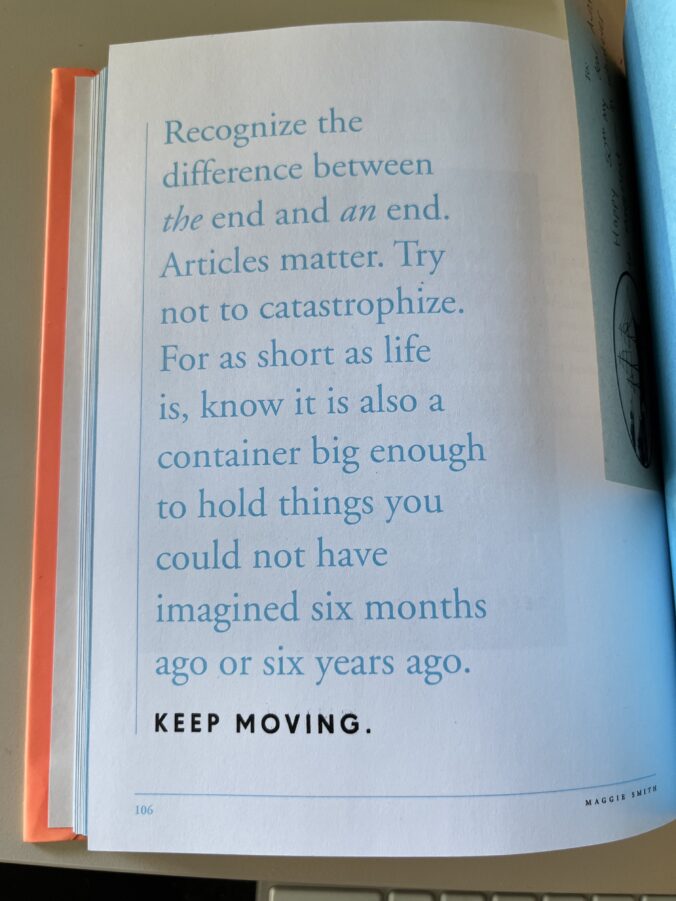As we head into the homestretch of the school year, we reach markers and milestones that let us know we’re approaching the final days. In addition to the baby robins finding their wings and leaving their nest, this week, students in Kindergarten through 8th grade took the final NWEA MAP growth assessment of the year. At SK, teachers are formally and informally assessing students all the time, and they use their ongoing assessment of students to inform their instruction. So why administer the NWEA MAP Growth Assessment?
The data provided by your child’s MAP assessment provides just one more window into their knowledge and skills in the areas of reading and math (and in science for students in 2nd. – 8th). The format of the MAP Growth assessment is a digital, computer-based, multiple choice test. It’s an international, norm-referenced assessment, meaning that students are compared to an international peer group versus a criterion-referenced test (e.g., the M-STEP), which measure students’ performance against predefined standards.
The score generated on the NWEA MAP Growth assessment is presented in a few different ways: a RIT score, and a percentile rank. According to NWEA:
“These RIT scales are stable, equal interval scales that use individual item difficulty values to measure student achievement independent of grade level (that is, across grades). ‘Equal interval’ means that the difference between scores is the same regardless of whether a student is at the top, bottom, or middle of the RIT scale. ‘Stable’ means that the scores on the same scale from different students, or from the same students at different times, can be directly compared, even though different sets of test items are administered. A RIT score also has the same meaning regardless of the grade or age of the student.”
“A percentile rank indicates how well a student performed in comparison to the students in the specific norm group, for example, in the same grade and subject. A student’s percentile rank indicates that the student scored as well as, or better than, the percent of students in the norm group. For example, a student scoring at the 35th percentile scored as well as, or better than, 35 percent of students in the norm group. It also means that 65 percent of the students in the norm group exceeded this score.”
So as the school year concludes, and we look at students’ MAP scores across several points in time, it’s important to remember:
All tests have limitations. Test scores need to be viewed as one data point generated in a particular moment in time and a particular context.
Knowledge is fluid and dynamic. To assess how well I know something or a proficiency level in a skill, I need opportunities to apply that knowledge or those skills in many different ways and across different contexts over time.
Students are always learning and growing. Growth and development are dynamic, not fixed; as we learn, our performance and displays of knowledge ebb and flow. Typically, over time, an upward trajectory becomes apparent. If there’s a dip or plateau, may it be a source of curiosity rather than criticism.
Integration takes time. Often when we’re learning new things, other skills are put in a holding pattern until we are ready to integrate the new with the old. For example, when students are learning to monitor their reading comprehension and pause when they come to a word they don’t know, their fluency may take a back seat. It doesn’t mean they’ve lost the ability to be fluent. It just means that their working memory is focused on honing a new skill: vocabulary acquisition. Until that skill becomes a strategy or a habit, it will require more energy and attention.
Zoom in. Zoom out. After zooming in to view the NWEA MAP data for what they are – one data point in time – we can zoom out and ask ourselves: How do these data help us identify areas in which students may need more instruction? We have to look at other data points to see if there’s a pattern. A holistic view is assembled through many individual points.
Through connecting the dots, we can better understand a learners’ strengths and areas for growth. From that place, we can design instruction and provide learning opportunities, along with meaningful feedback, to help each student as they progress along their personal learning journey.
